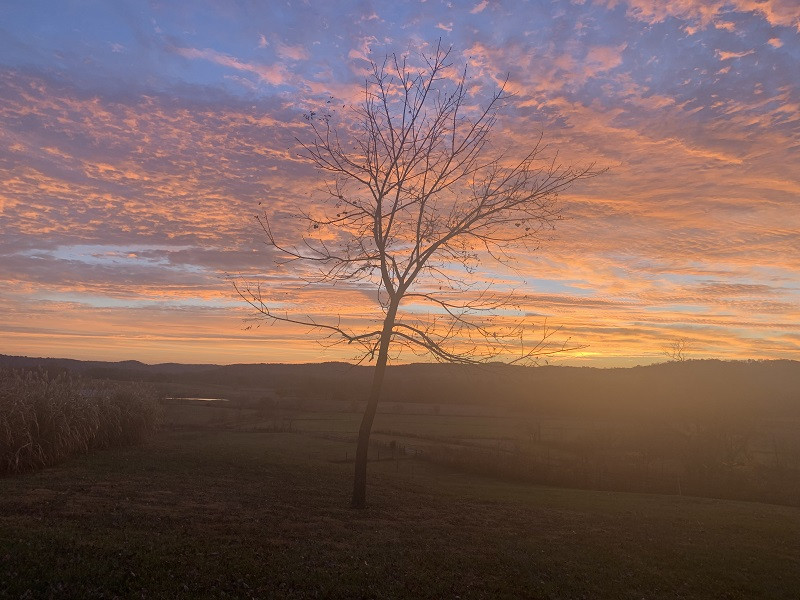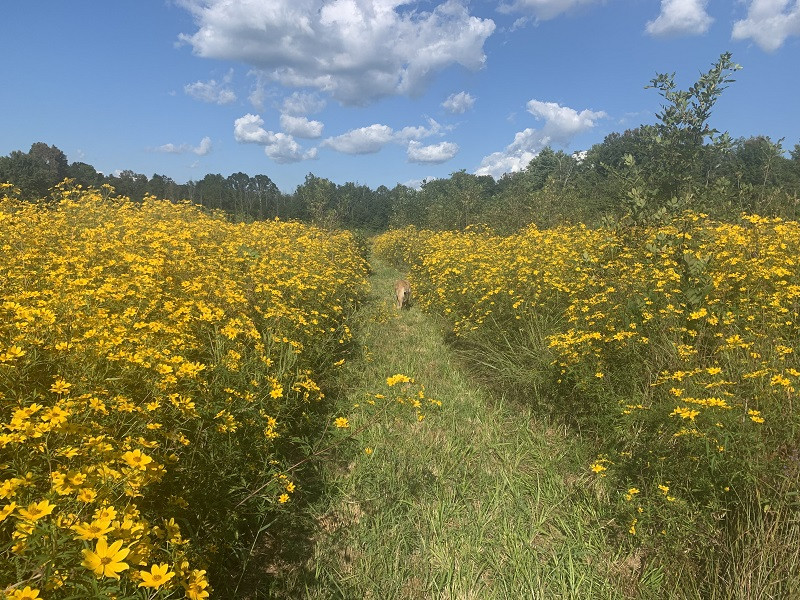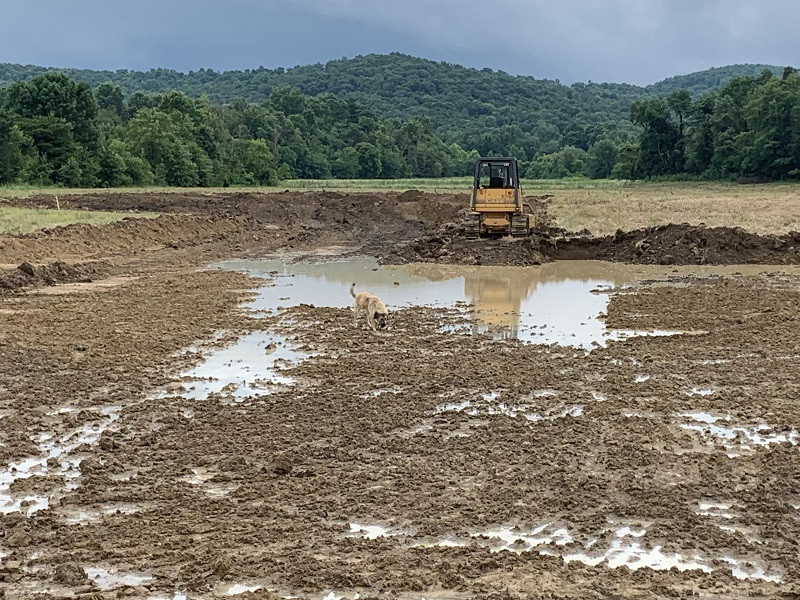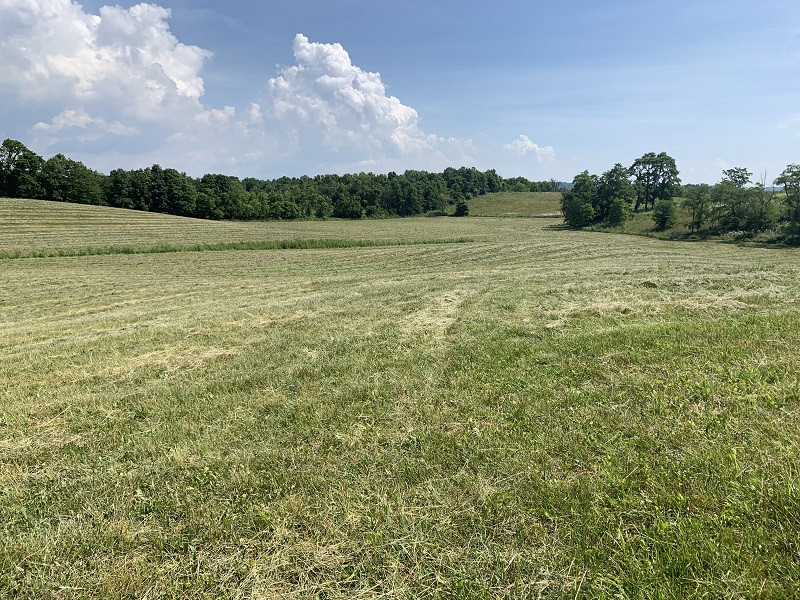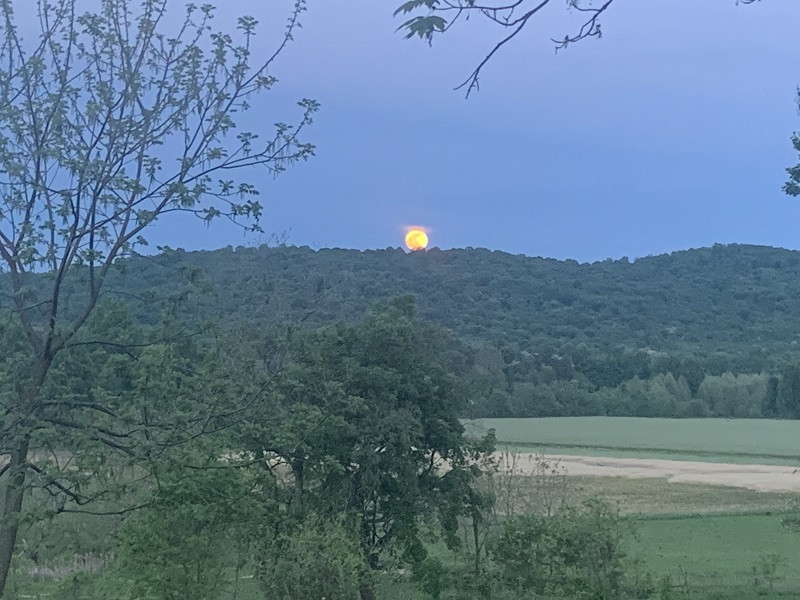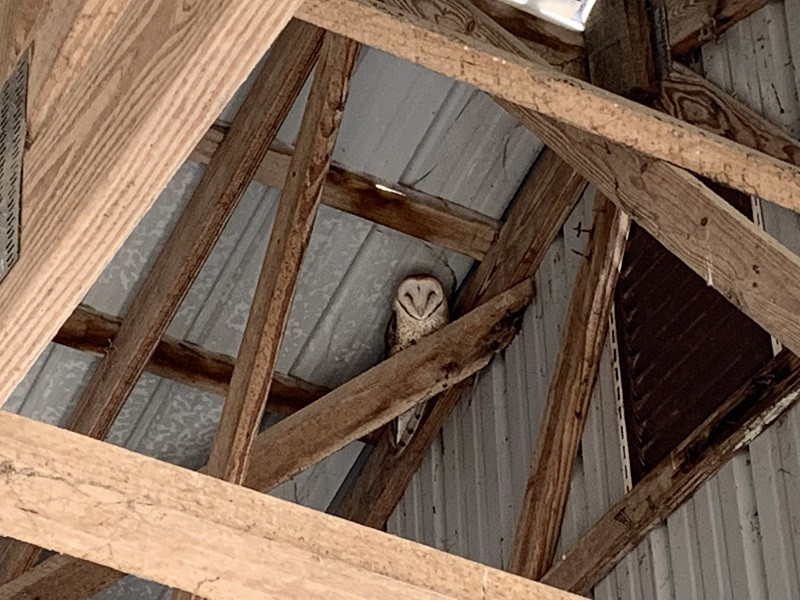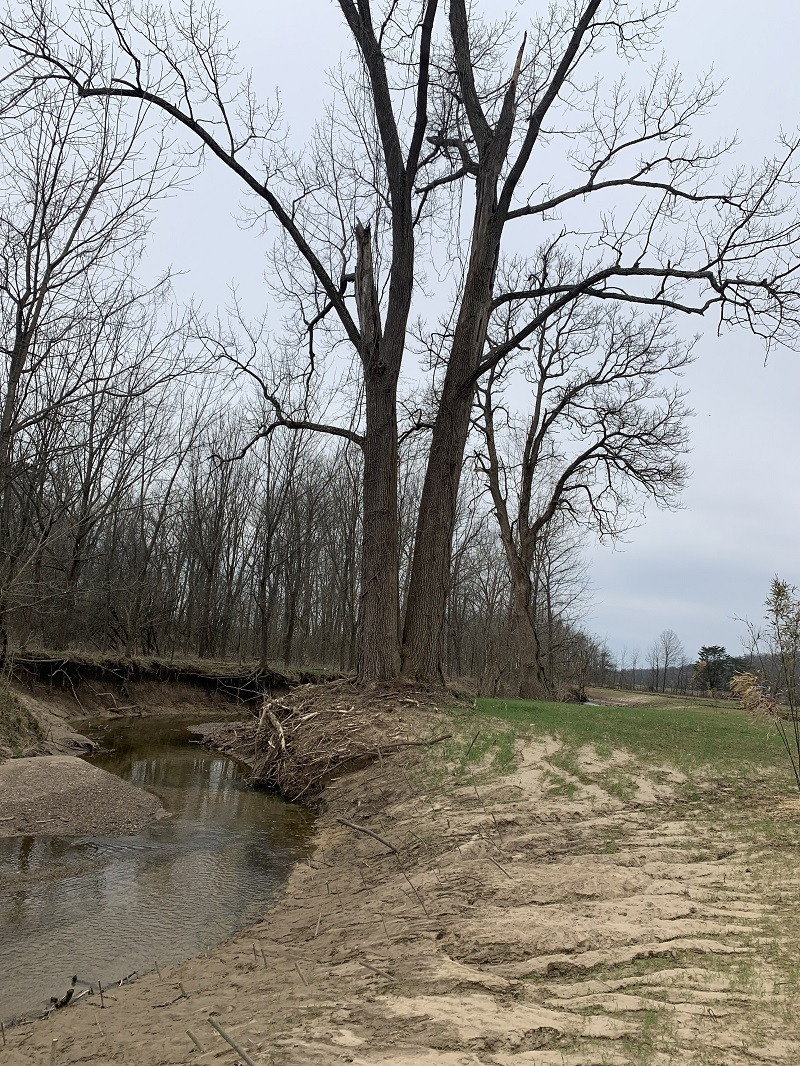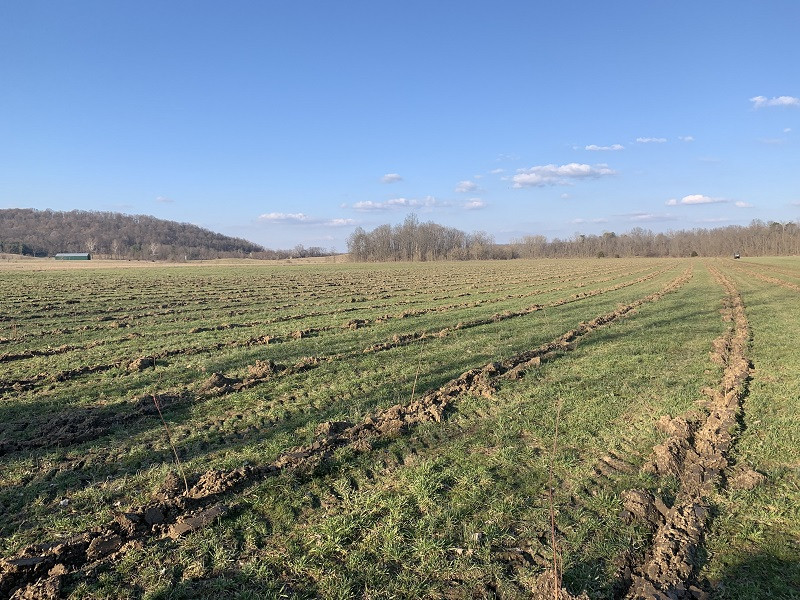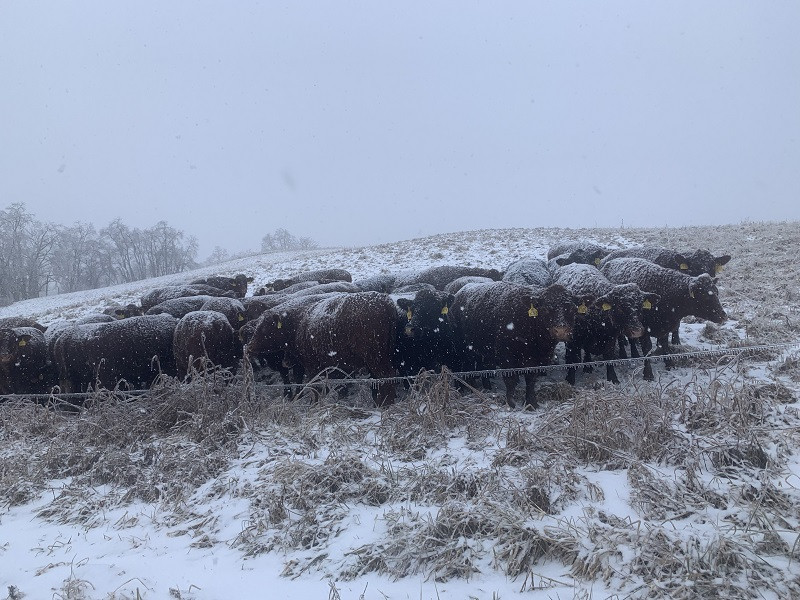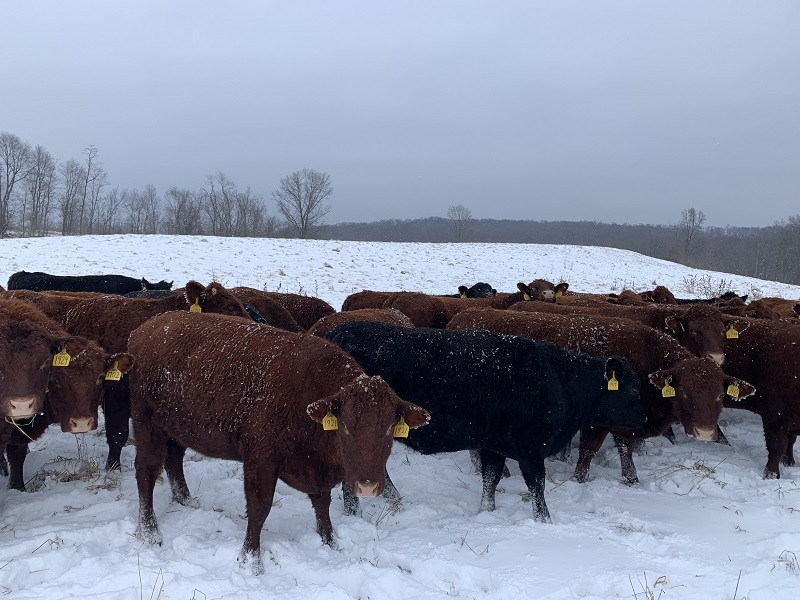Nature's Strategy
Do we live on principal or interest? Do we take what we want or do we take what is offered? Wanting describes western culture and receiving describes indigenous cultures. The indigenous women of the Peruvian Amazon, mentioned in the last several newsletters, receive the bounty of the forest by lightly harvesting its abundance for their nutritional and financial sustenance. They consider the forest to be a generous benefactor, which they revere and protect, so it may sustain them indefinitely. They live with a sense of abundance, cooperation, and infinite time.

